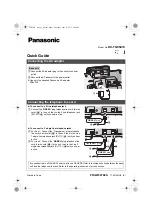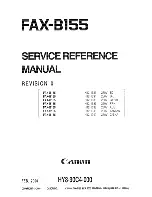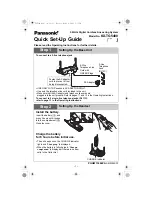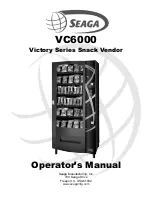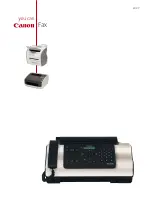
J
A
B
C
H
I
J
D
E
F
G
STRAIGHT STITCHING
Straight stitch is most frequently used for all types of sewing.
Let's begin by following the steps below.
1. SETTINGS
Presser foot : General Purpose Foot
Thread tension control: (4)
NOTE: Based upon the weight of the fabric, slight "fine tuning" of the
tension may be desired.
A. Threading tension dial
B. Reverse stitch button
C. Start / Stop
NOTE: Since a straight stitch has no width, the stitch width control is
us
ed
to change the needle position.
Pull both threads under the presser foot toward the back of the machine,
leaving about 6" (15mm) clear.
2.
Place the fabric under the presser foot and lower the presser foot lifter.
3.
Turn the hand wheel counter clockwise until the needle enters the fabric.
4.
Start the machine. Guide the fabric gently with your hands. When reaching
the edge of the fabric, stop the sewing machine.
5.
NOTE: The Needle Plate has both metric Markings as an aid for guiding
your fabric when sewing a seam.
First turn the hand wheel counter clockwise until the needle is at its highest
position,then raise the presser foot, draw the fabric to the rear and cut off
excess threads with the thread cutter located on the top of face cover as
shown.
6.
NOTE: To secure the stitching and avoid raveling, press the reverse stitch
button and sew a few stitches at the start and end of the seam.
To keep the seam straight, use one of the numbered guide lines on the needle
plate. The number indicate
s
distance from the needle at its center position.
KEEPING SEAMS STRAIGHT
D. Presser foot lifter
E. Pattern Numeral decreasing select button
F. Pattern Numeral increasing select button
G. Stitch width decreasing select button
H. Stitch length increasing select button
I. Stitch width increasing select button
J. Stitch length decreasing select button
21
Summary of Contents for KP6210
Page 1: ...KP6210 KP6210A 210x297...
Page 12: ......
Page 15: ...Place the large extension table along the machine body as illustrated...
Page 16: ......
Page 31: ...29...
Page 40: ...621960007 BS01 04 2018...































